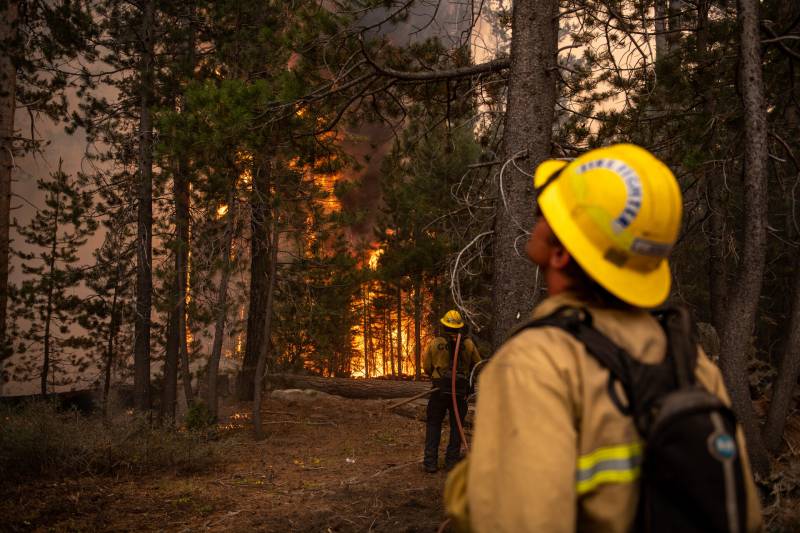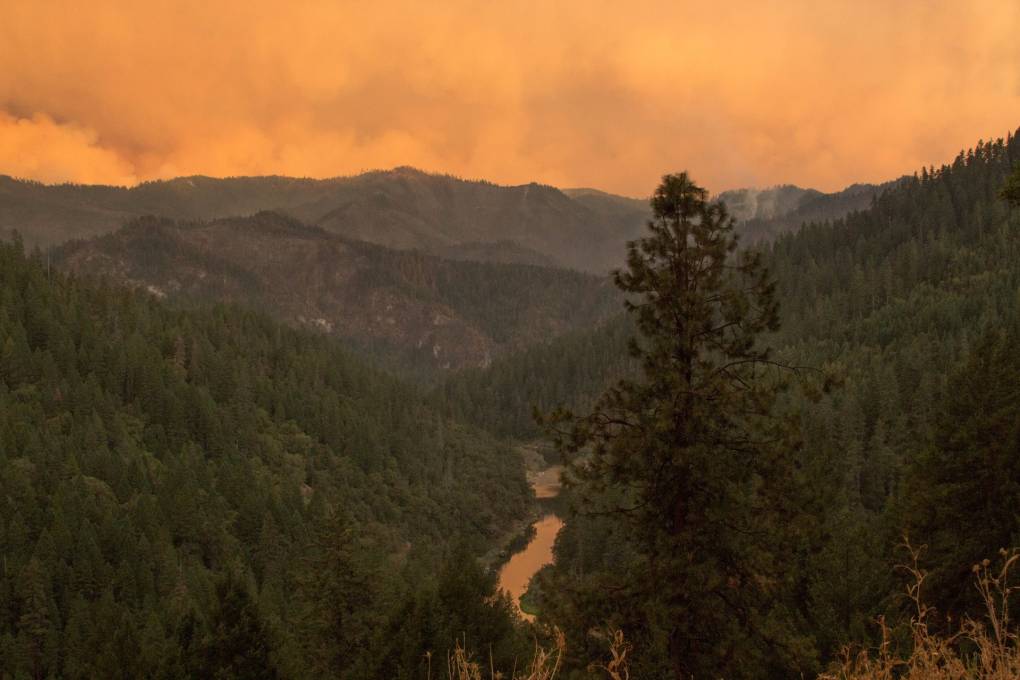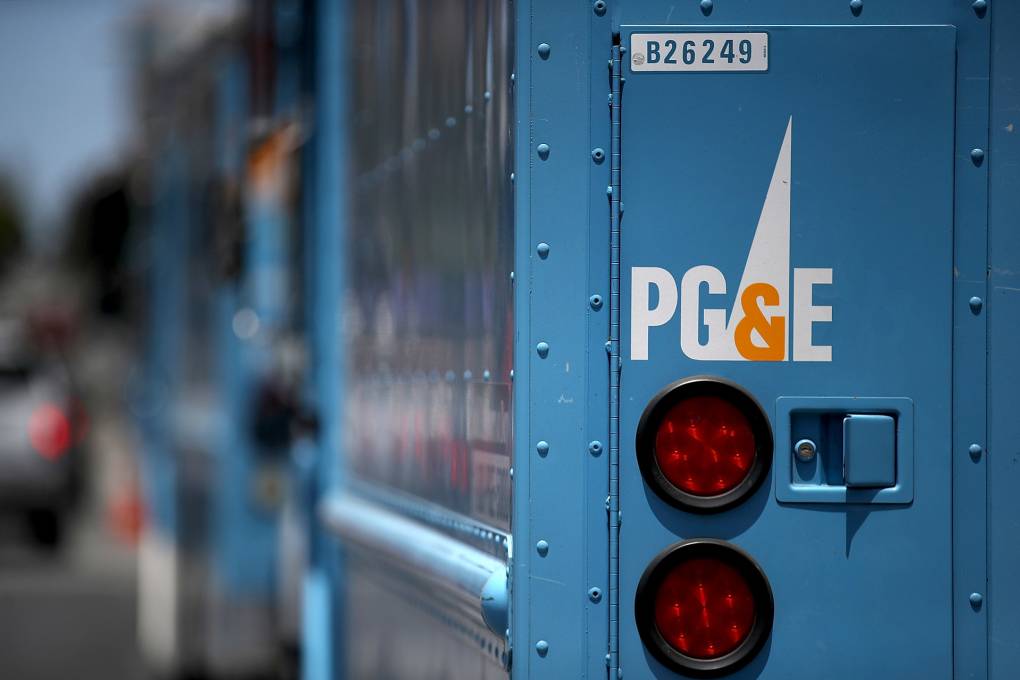But PG&E wants to bury more than 10,000 miles over the next decade, which could send electricity rates even higher.
Dodd’s bill, SB 1003, would require utilities to consider the benefits and tradeoffs of other options, such as, such as insulating wires. Adding insulation to wires is far less expensive, around $800,000 per mile, can happen far more quickly, and, in some circumstances, can be as safe.
“Undergrounding lines in high-risk areas is important and needs to continue in a targeted manner, but we also need to advance faster, cheaper methods to maximize safety today,” Dodd said. “It’s all about maximizing benefit while minimizing ratepayer costs.”
Reached for comment, Mike Toney, executive director of the Utility Reform Network, a consumer advocacy organization, said the bill was “right on target in terms of telling the utilities and telling the Public Utilities Commission that we need to find the least cost solutions when it comes to wildfire safety and that insulating overhead power lines is so much cheaper and so much faster, and just as safe as burying them underground.”
PG&E said in a statement to KQED that it is reviewing the legislation and has not taken a position on it at this time.
Other proposed wildfire bills focus on safety planning, roadside clearing and smoke impacts
Dodd has also introduced SB 1014, the California Wildfire Mitigation Strategic Planning Act. Its goal is to encourage coordination across state and federal agencies and investor-owned utilities — all of whom are spending a lot of money on wildfire mitigation. Currently, there is no framework in place to encourage comprehensive planning between, for example, a community fire safety project, PG&E and CalFire.
“Preventing catastrophic wildfire requires strong coordination between all of our investments,” Michael Wara said in a statement. Wara directs the Climate and Energy Policy Program at Stanford University. He consulted on the proposed legislation. “Building on current efforts, this bill would create a planning structure to maximize the effectiveness of California’s work to reduce the impacts of wildfire. As California spends more to prevent catastrophic wildfire, we should also make sure that these investments go as far as possible in keeping residents safe. This bill creates a planning structure that does just that and ensures that all our efforts are well coordinated.”
Humans start most wildfires, and most human-started wildfires happen near a road, from things like equipment striking a spark or a cigarette butt being tossed out a window. The third piece of wildfire-related legislation introduced by Dodd is designed to ease the red tape of getting approval to clear combustible brush and trees along roads.
SB 1159 would ask the state’s Natural Resources Agency to consider exempting roadside clearing projects meant to reduce wildfire risk from environmental review. The aim is to speed up the work, improve evacuation routes and reduce the financial burden of environmental review on small local agencies and communities.
Sen. Marie Alvarado-Gil, D-Jackson, has also introduced a bill designed to help the state understand the health impacts of wildfire smoke. SB 945 would allow state agencies to keep tabs on smoke exposure and its impact on Californian’s health.
“Ensuring the well-being of our communities means understanding the true impact of wildfire smoke. Our bill aims to unveil the impacts on our population, emphasizing the urgent need to address forest health for a resilient and healthier California,” Alvarado-Gil said in a press release.
Researchers estimate that intense smoke kills more people than flames during catastrophic wildfires. During the 2018 season, California wildfires officially killed 106 people. UC Irvine scientists estimated that, when the harms from air pollution were folded in, thousands of additional people — 3,652 — died as a result of the fires.



